Bowling is a beloved sport enjoyed by millions around the world, whether casually with friends or competitively in leagues. One fundamental aspect that every bowler should understand is the length of a bowling lane. Knowing how long is a bowling lane not only enhances your appreciation of the game but also improves your performance by helping you grasp the dynamics of bowling. This comprehensive guide delves into the specifics of bowling lane measurements, the factors influencing their dimensions, and how this knowledge can elevate your bowling experience.
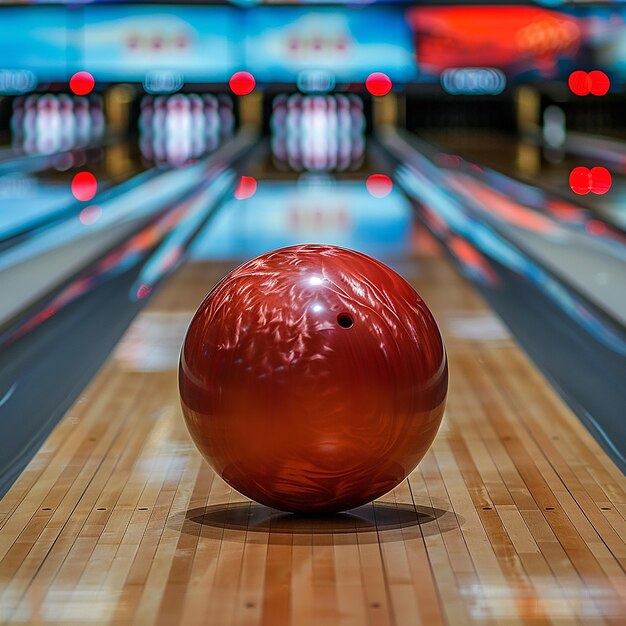 Standard Dimensions of a Bowling Lane
Standard Dimensions of a Bowling Lane
The Official Length of a Bowling Lane
A standard bowling lane measures 60 feet from the foul line to the head pin. This measurement is established by the United States Bowling Congress (USBC) and is widely adopted in bowling alleys across the globe. Additionally, the lane itself is 41.5 inches wide, providing ample space for bowlers to approach and deliver their shots.
Breakdown of the Bowling Lane Components
Understanding how long is a bowling lane involves more than just knowing the total length. The lane is divided into several distinct sections, each playing a critical role in the game:
- Approach Area: This is the area where bowlers take their steps and prepare to release the ball. It typically extends about 15 feet before the foul line. The surface of the approach is smooth to ensure consistent footing and optimal ball delivery.
- Foul Line: Positioned at the end of the approach area, the foul line marks the boundary beyond which bowlers must not cross during their delivery. Stepping over the foul line results in a foul, which disqualifies the bowl from scoring that particular ball.
- Lane Surface: The main part of the bowling lane extends from the foul line to the head pin, covering 60 feet. This section includes the pin deck, where the pins are set up, and the area where the ball travels to strike the pins.
- Gutters: Flanking both sides of the lane are the gutters, which are shallow channels that can cause the bowling ball to veer off the lane if it deviates too much from its intended path. Striking the gutter results in no points for that ball.
Variations in Lane Lengths
While the standard length of a bowling lane is 60 feet, there are variations depending on the type of bowling and the region. For example, lawn bowling played outdoors has different dimensions, and some recreational bowling centers might have slightly altered measurements to accommodate space constraints. However, for ten-pin bowling, 60 feet remains the universal standard.
Factors Influencing Bowling Lane Length
Regulation Standards
Regulatory bodies like the USBC meticulously define the dimensions of a bowling lane to ensure uniformity across all bowling facilities. These standards facilitate fair competition and allow bowlers to practice consistently, knowing that the lane conditions are uniform wherever they play.
Bowling Alley Design and Construction
The design and construction of a bowling alley significantly impact the final measurements. Builders must adhere to specific guidelines to ensure that each lane meets the required standards. This precision affects not only the how long is a bowling lane but also the overall playability and maintenance of the lanes.
Technology and Lane Conditioning
Modern technology has introduced advanced lane conditioning processes, using oil patterns that influence how the ball behaves on the lane. While these conditioning techniques don’t alter the physical length of the lane, they interact with the lane’s surface to affect the game’s dynamics. Understanding how long is a bowling lane helps bowlers anticipate how the ball will react based on the lane length and oil patterns.
Material Composition
The materials used in constructing a bowling lane also play a role in determining its dimensions and functionality. High-quality materials ensure durability and consistent performance. The smoothness of the lane and the precision of the dimensions contribute to an optimal bowling experience.
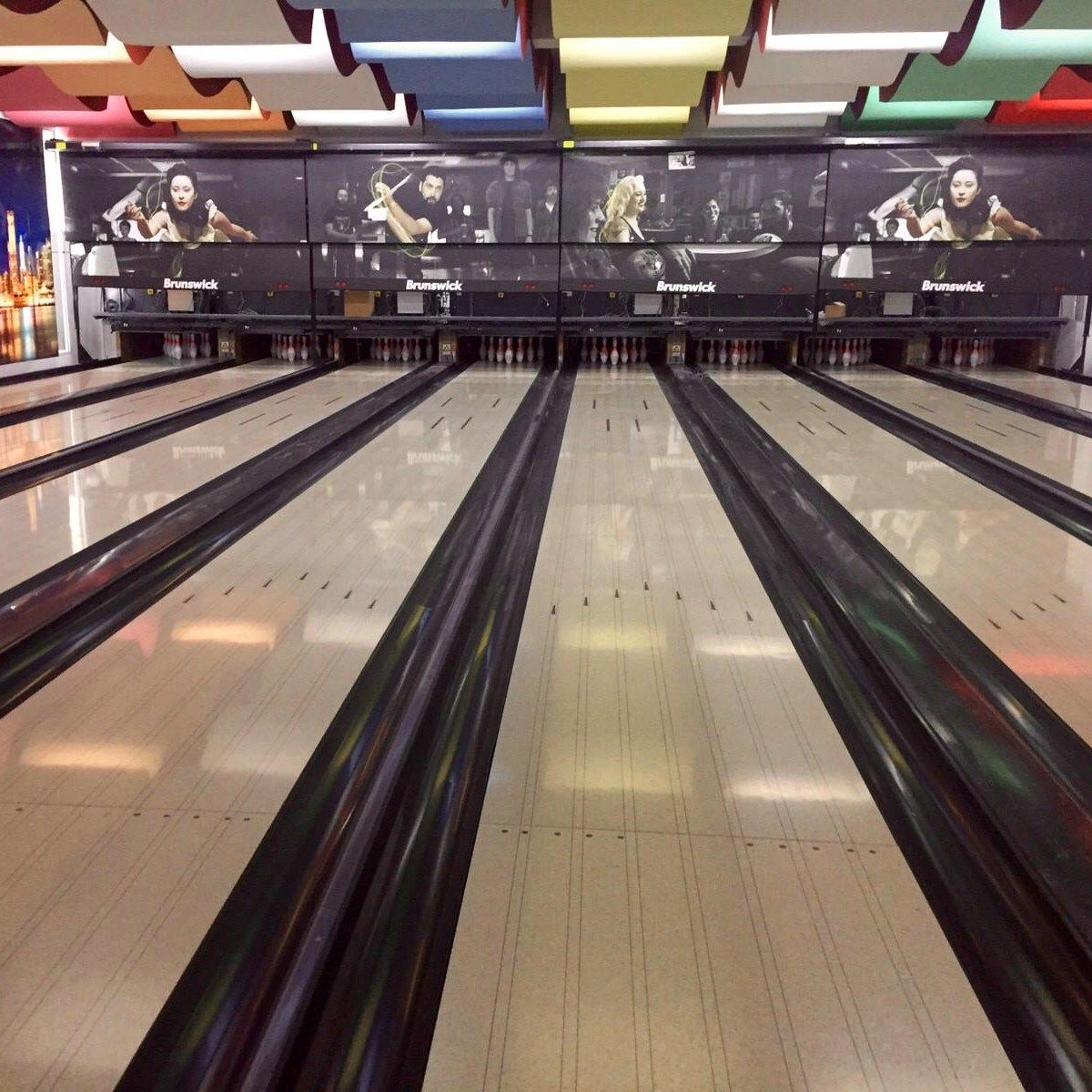 Impact of Lane Length on Bowling Performance
Impact of Lane Length on Bowling Performance
Ball Path and Speed
Knowing how long is a bowling lane aids bowlers in mastering their ball path and speed. A 60-foot lane requires precise control over the ball’s speed to ensure it strikes the pins effectively. Too fast, and the ball might miss the intended target; too slow, and it might not reach the pins with sufficient force.
Spacing and Targeting
The standardized length allows bowlers to effectively space their shots and target specific parts of the lane. By understanding the length of a bowling lane, bowlers can better judge where to place their feet and how to angle their shots to maximize pin strikes and minimize gutter balls.
Consistency and Technique Development
Consistent lane lengths mean that bowlers can develop and refine their techniques in a uniform environment. This consistency is crucial for practicing specific shots, adjusting to different oil patterns, and improving overall performance. Knowing how long is a bowling lane ensures that bowlers train under standardized conditions, enhancing their skills for competitive play.
Choosing the Right Bowling Alley
Assessing Lane Conditions
When selecting a bowling alley, assessing the lane conditions in relation to the standard length is essential. Ideal lanes maintain the 60-foot measurement with smooth surfaces and proper oiling. Visiting different alleys and observing their lane setup can help you find the best environment for your bowling practice.
Evaluating Equipment Quality
High-quality bowling alleys invest in superior lane materials and regular maintenance to preserve the how long is a bowling lane and its overall condition. Well-maintained lanes offer better playability, which can enhance your bowling experience and performance.
Proximity and Accessibility
Convenience plays a role in choosing a bowling alley. Selecting a nearby establishment ensures that you can practice consistently, allowing you to take full advantage of the standard lane length. Frequent practice on a 60-foot lane can significantly improve your performance.
Tips for Maximizing Your Bowling Experience
Understanding Oil Patterns
While how long is a bowling lane remains consistent, oil patterns can vary, affecting the ball’s trajectory. Familiarizing yourself with different oil patterns helps you adapt your technique to maximize pin strikes. Practice adjusting your ball speed and angle based on the specific lane conditions.
Investing in Quality Equipment
Investing in high-quality bowling equipment, such as balls and shoes, tailored to a 60-foot lane can enhance your performance. Quality balls offer better control and grip, while ergonomic shoes provide comfort and stability during your approach.
Regular Practice and Adjustment
Consistent practice on a standard-length bowling lane allows you to fine-tune your technique. Regularly assess your performance and make necessary adjustments to your stance, grip, and release to improve your accuracy and consistency.
Seeking Professional Coaching
Professional coaching can provide personalized insights into how how long is a bowling lane affects your game. Coaches can help you develop strategies to navigate the lane effectively, enhance your technique, and achieve better results.
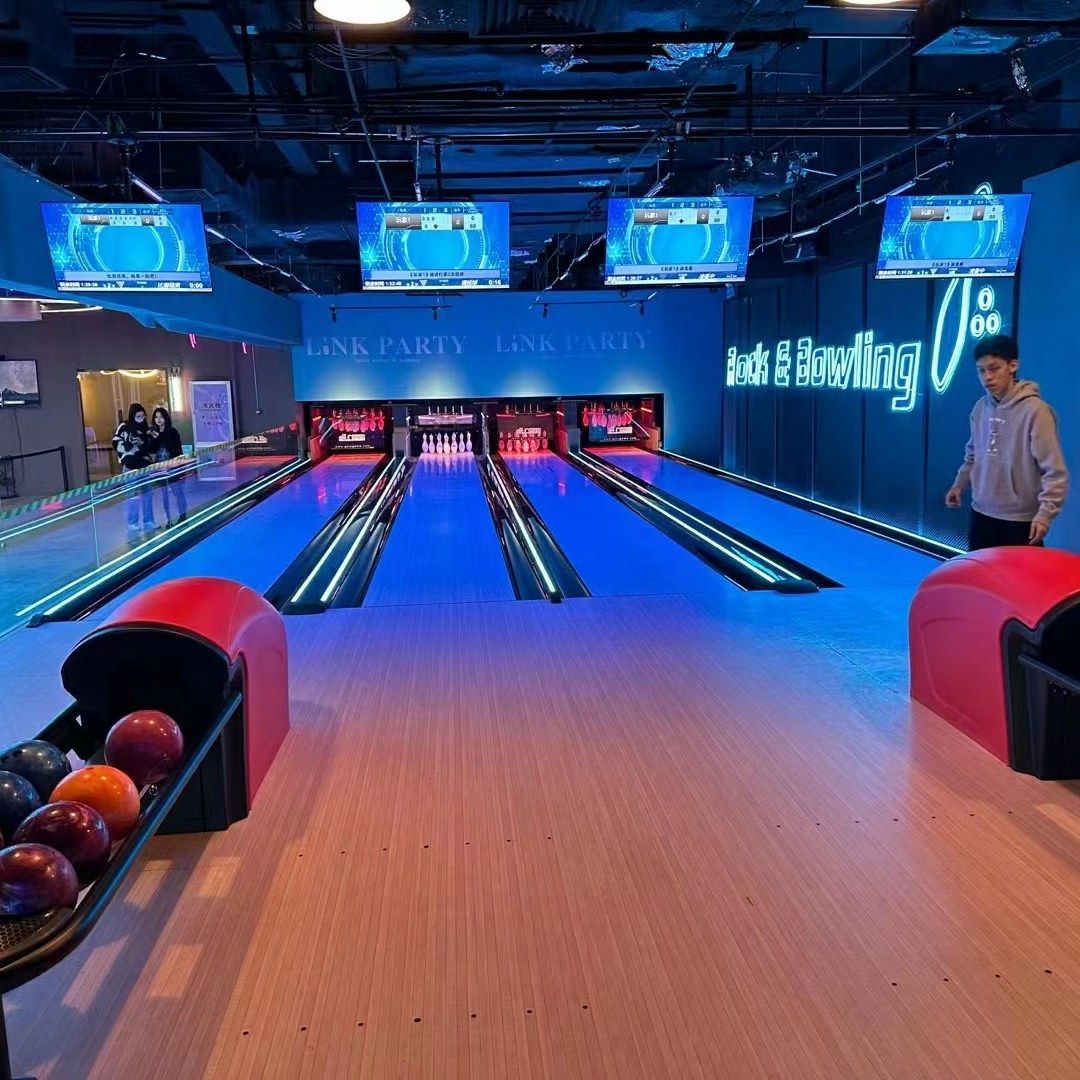 Common Misconceptions About Bowling Lane Length
Common Misconceptions About Bowling Lane Length
Shorter Lanes Are Easier
Some believe that shorter lanes make bowling easier. However, the standardized 60-foot length ensures balanced play, requiring bowlers to master both speed and accuracy. Shorter lanes might reduce the need for precise control, but they also alter the game’s dynamics.
All Lanes Are Identical
While the length of a bowling lane is standardized, not all lanes are identical. Variations in oil patterns, surface materials, and maintenance quality can influence the ball’s behavior. Understanding how long is a bowling lane serves as a foundation, but recognizing other lane characteristics is equally important.
Length Doesn’t Affect the Game
Another misconception is that the lane length has little impact on the game. In reality, the 60-foot length interacts with other factors like oil patterns and ball speed to create a unique playing environment. Mastering these interactions is crucial for enhancing your bowling skills.
How Long is a Bowling Lane: Comparative Analysis
Ten-Pin vs. Other Bowling Formats
Different bowling formats have varying lane lengths. For instance, five-pin bowling lanes are shorter, measuring around 58 feet, while candlepin bowling lanes are approximately 60 feet, similar to ten-pin. Understanding the specific requirements of each format helps bowlers prepare accordingly.
International Standards
Globally, the standard lane length for ten-pin bowling remains consistent at 60 feet, ensuring uniformity in international competitions. However, regional preferences and adaptations might introduce slight variations, emphasizing the importance of knowing how long is a bowling lane within your specific bowling community.
Historical Changes in Lane Lengths
Historically, bowling lanes have maintained the 60-foot standard for decades, allowing the sport to preserve its traditional dynamics while accommodating modern advancements in equipment and lane conditioning techniques.
Integrating Technology with Bowling Lane Length
Digital Scoring and Analytics
Modern bowling alleys incorporate digital scoring systems that leverage the standardized 60-foot lane measurements. These systems provide real-time analytics on your performance, helping you understand how lane length influences your scores and identifying areas for improvement.
Lane Maintenance Technology
Advancements in lane maintenance technology ensure that the how long is a bowling lane remains precise and the surface remains in optimal condition. Automated cleaning systems and precision oiling machines maintain consistent lane conditions, enhancing the overall bowling experience.
Virtual Bowling Simulators
Virtual bowling simulators utilize the standard 60-foot lane measurements to create realistic bowling experiences. These simulators offer a controlled environment for practice, allowing bowlers to experiment with different techniques and strategies without the variability of physical lanes.
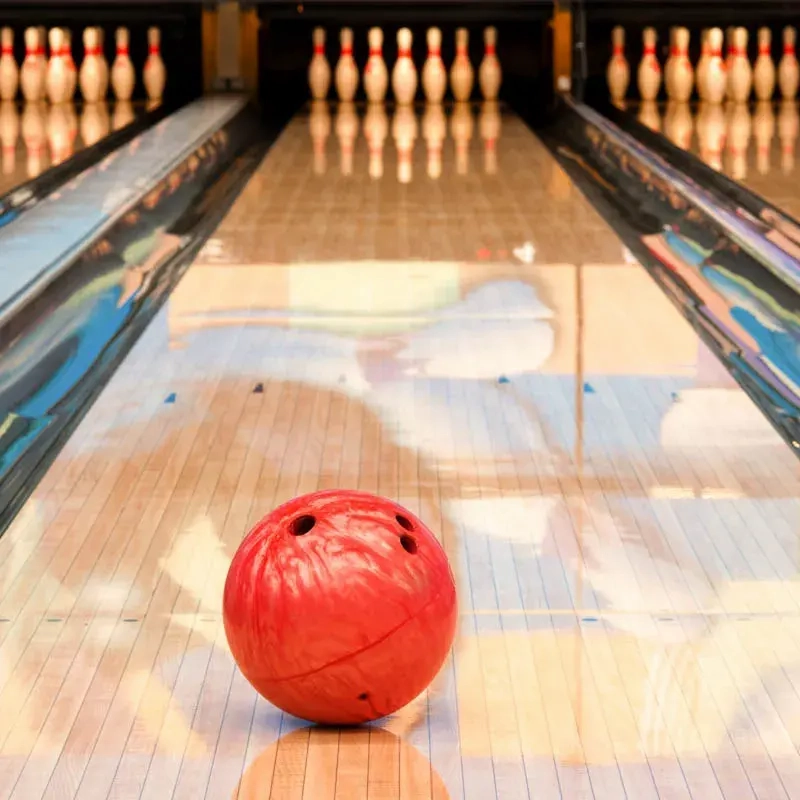 Frequently Asked Questions (FAQ)
Frequently Asked Questions (FAQ)
How long is a bowling lane in different bowling styles?
The length of a bowling lane varies depending on the bowling style. In ten-pin bowling, a standard lane measures 60 feet from the foul line to the head pin. Five-pin bowling lanes are slightly shorter, at around 58 feet, while candlepin bowling lanes are similar to ten-pin, approximately 60 feet. Understanding these differences is essential for bowlers participating in various bowling formats.
Can the length of a bowling lane affect my bowling technique?
Absolutely. Knowing how long is a bowling lane helps you adjust your bowling technique to optimize your performance. The standard 60-foot length requires precise control over your ball’s speed and trajectory. Adapting your stance, approach, and release based on lane length and conditions can significantly enhance your accuracy and consistency.
Are there variations in lane length across different bowling alleys?
While the standard length for ten-pin bowling lanes is 60 feet, some bowling alleys might have slight variations due to space constraints or regional adaptations. However, reputable bowling facilities typically adhere to the regulated measurements to ensure a consistent and fair playing environment.
How does lane oiling interact with the length of a bowling lane?
Lane oiling plays a crucial role in determining the ball’s behavior over the 60-foot lane length. The oil pattern influences the amount of friction the ball encounters, affecting its speed and trajectory. Understanding how oil patterns interact with lane length helps bowlers adjust their technique to achieve better pin action and higher scores.
What should I do if I suspect the lane length is incorrect at a bowling alley?
If you suspect that the lane length is incorrect, it’s advisable to speak with the staff or management of the bowling alley. Reputable facilities adhere to standardized measurements, and any discrepancies can be addressed by the staff through recalibration or maintenance procedures. Ensuring lane length accuracy is essential for fair play and performance consistency.
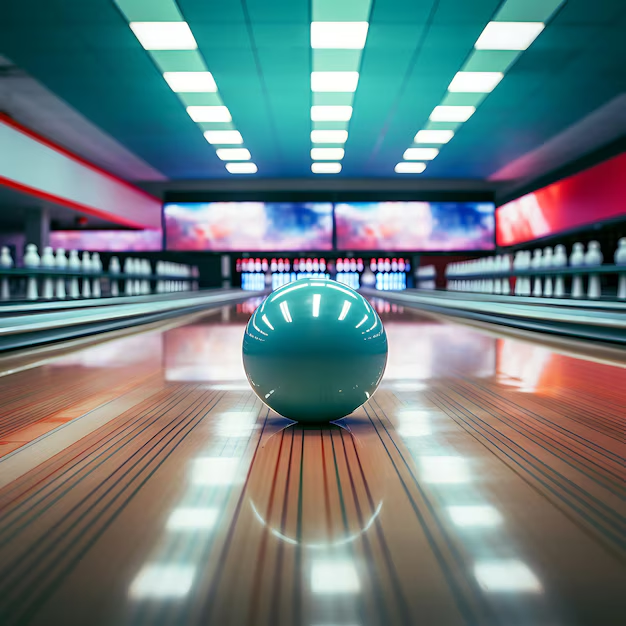 Conclusion
Conclusion
Understanding how long is a bowling lane is fundamental for anyone passionate about the sport of bowling. The standard 60-foot length, combined with precise lane dimensions and conditions, shapes the dynamics of the game, influencing everything from ball speed to pin action. By grasping the intricacies of lane length and its impact on performance, bowlers can refine their techniques, enhance their strategies, and ultimately enjoy a more fulfilling bowling experience.
Moreover, recognizing the importance of standardized measurements ensures that bowlers can practice effectively and compete fairly, whether in local leagues or international tournaments. From choosing the right bowling alley to investing in quality equipment and embracing modern technology, every aspect contributes to maximizing the benefits of a well-defined bowling lane length.
Incorporating this knowledge into your bowling routine not only boosts your confidence but also empowers you to make informed decisions that elevate your game. Whether you’re a beginner eager to learn the basics or an experienced bowler striving for perfection, understanding how long is a bowling lane is a vital step towards achieving your bowling goals. Embrace this insight, and let it guide you to greater success and enjoyment on the lanes.